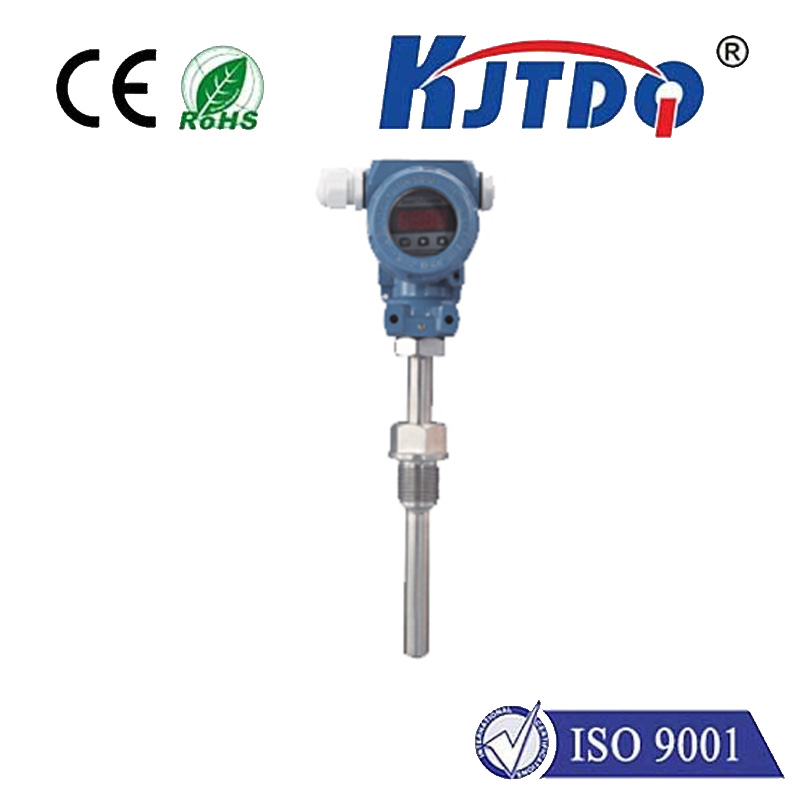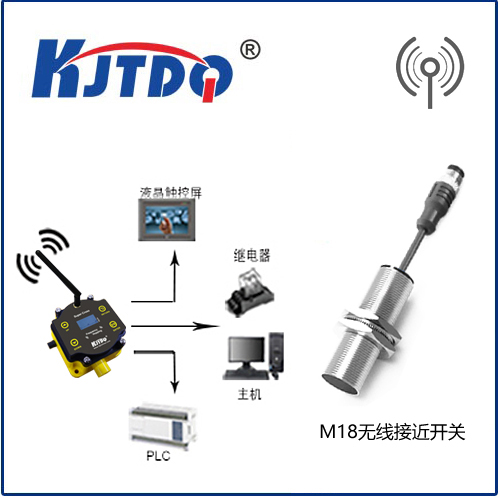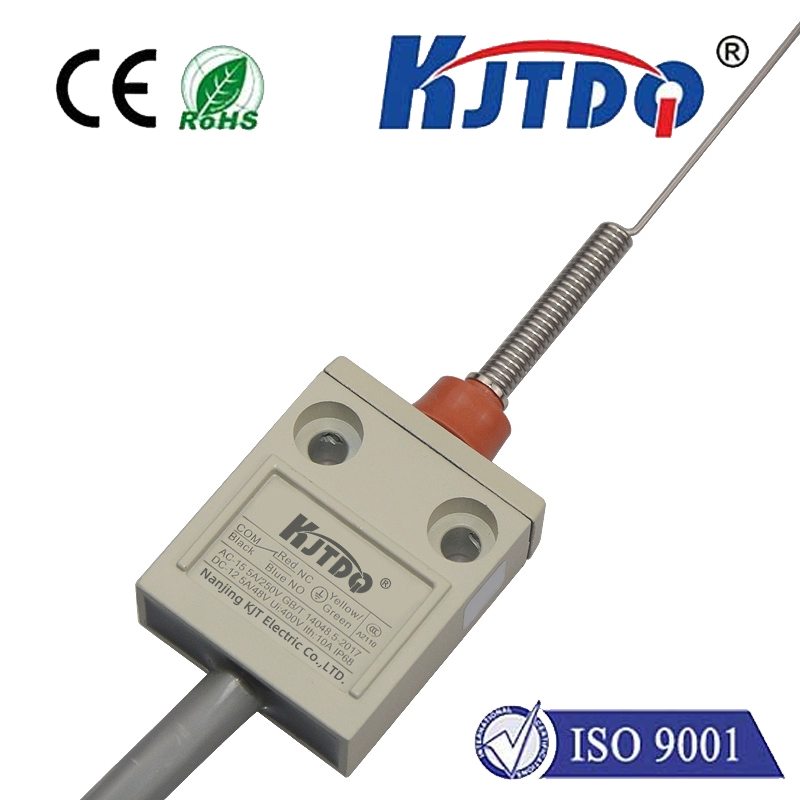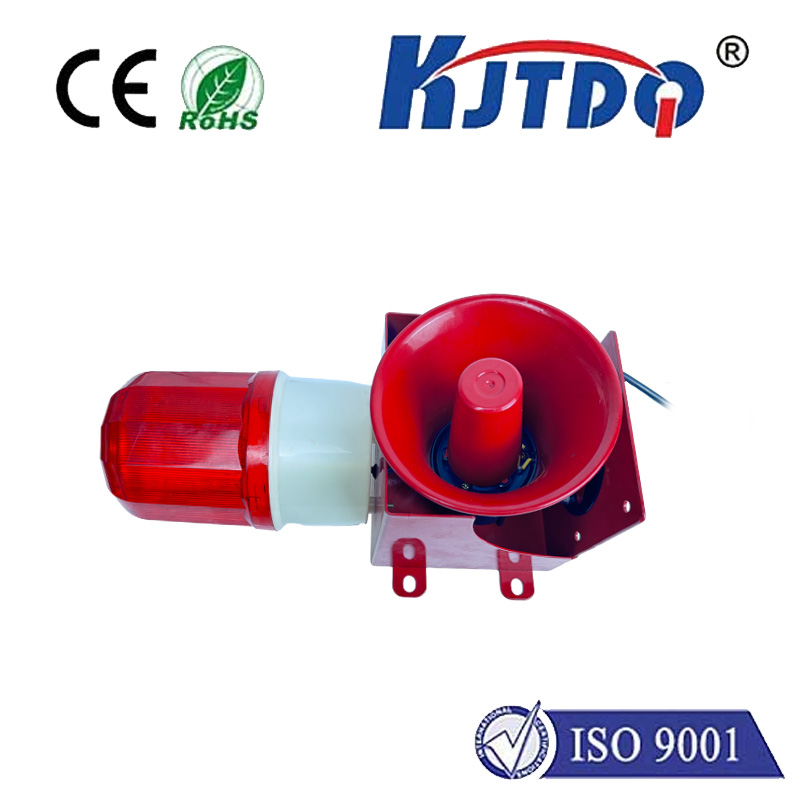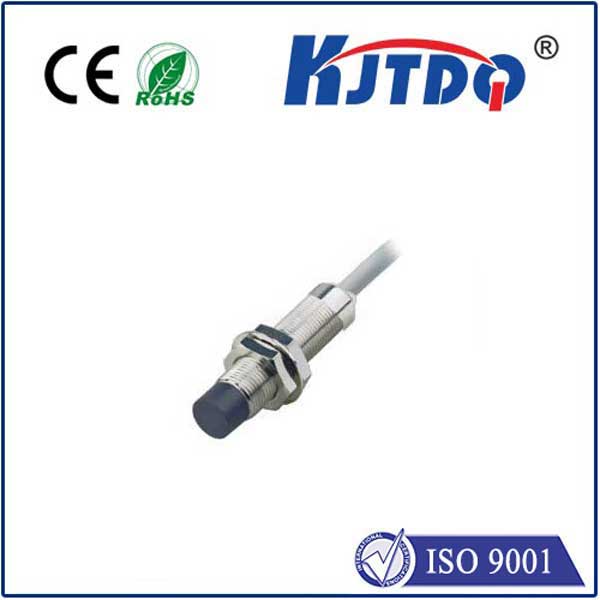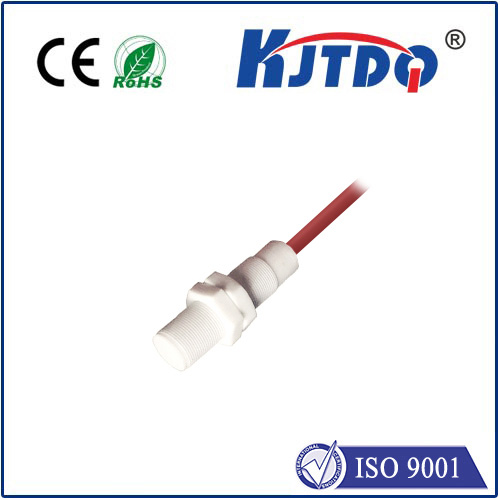
check

check

check

check
Introduction:
Proximity sensors are electronic devices that detect the presence or absence of objects in their proximity. They have various applications in different industries, including manufacturing, automotive, healthcare, and consumer electronics. Among the two types of proximity sensors, NPN and NC, each has unique characteristics and functionalities that make them suitable for specific use cases. In this article, we will explore the basics of both types of proximity sensors and their applications, providing you with a comprehensive understanding of how to utilize them effectively.
Section 1: NPN Proximity Sensors
Definition:
An NPN (Negative-Polarized Nodal) proximity sensor is a type of transducer that uses a phototransistor to detect the presence or absence of objects in its vicinity. It has three pins: a power pin, a ground pin, and an input pin, where the input pin is connected to an object that can be triggered by the sensor. When an object comes into contact with the sensor, it generates a voltage difference between the input pin and ground pin, which activates the phototransistor and sends a signal to an output pin.
Applications:
NPN proximity sensors are commonly used in various applications where precise and reliable detection is required. Some of the common use cases include:
* Asset tracking and inventory management systems in factories and warehouses
* Motion detection for security surveillance systems
* Automated door entry systems
* Temperature and humidity monitoring in environmental control systems
* Patient monitoring in healthcare facilities
Section 2: NC Proximity Sensors
Definition:
An NC (No-Connector) proximity sensor is a simpler version of NPN proximity sensors that do not require any external components such as resistors or transistors. Instead, it operates on a simple原理 of electromagnetic induction, where the sensor generates an alternating magnetic field that interacts with the metal objects around it. The distance between the sensor and the object can be calculated based on the strength of the magnetic field.
Applications:
Although NC proximity sensors offer fewer features compared to NPN sensors, they still have some useful applications in various industries. Some examples include:
* Door switch panels for home automation systems
* Touchless payment terminals in retail stores
* Automatic lighting control systems in buildings
* Point-of-care diagnostic devices in medical settings
* Industrial control systems for process optimization and safety monitoring
Conclusion:
NPN and NC proximity sensors are two important types of electronic components that offer various functionalities and applications in different industries. By understanding their basic principles and characteristics, you can choose the appropriate sensor for your specific use case and implement it effectively. Whether you need precise object detection, automated control, or remote monitoring, either type of proximity sensor can help you achieve your goals.
